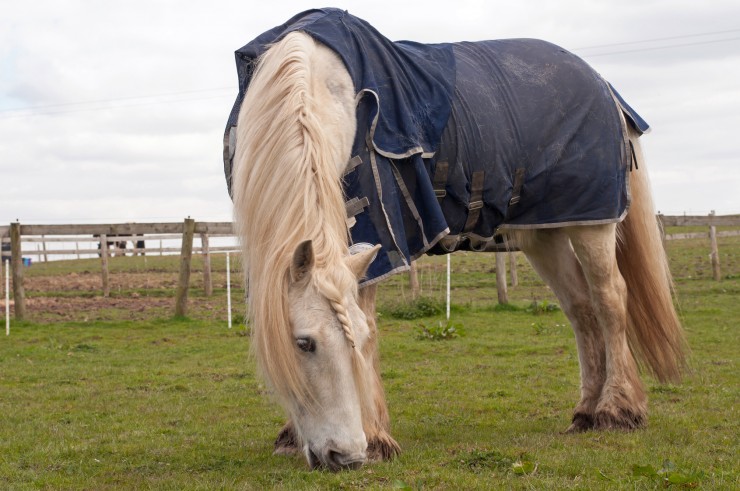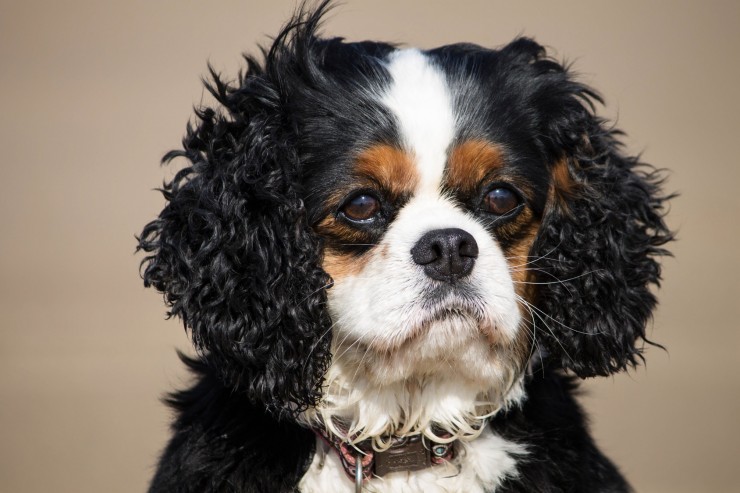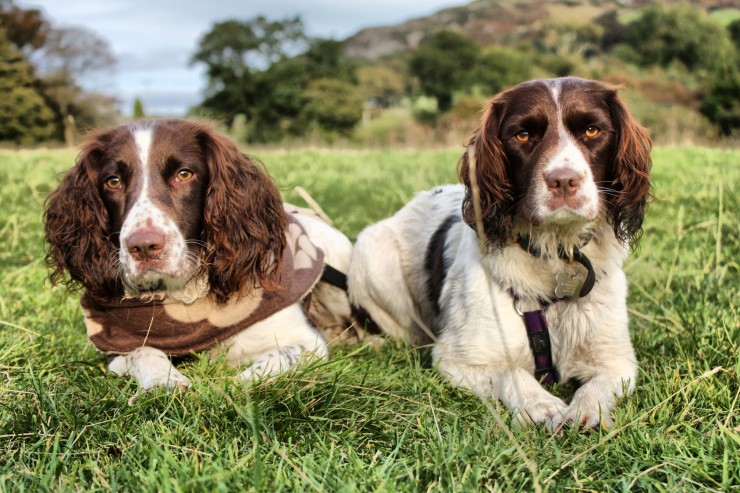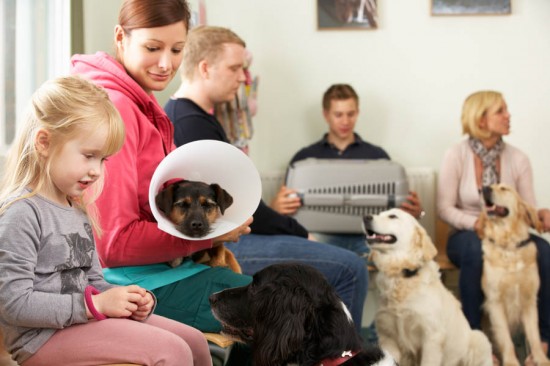Owning a puppy or a dog requires many responsibilities. A proper crate training is among the stuff that you need to provide to your pet. Just like humans, dogs also have a great place for them to eat, rest and to ensure their safety; these are the crates. The task concerning crate training is difficult. On the other hand, a pet owner can be successful in this undertaking if they have deep-rooted knowledge on how to crate train a dog.
You should know first the breed of your puppy or dog to ensure great results in crate training. When your pet is classified as a small dog breed, then setting up a medium-sized crate is a smart option. Your pet, can sit, stand, lie down when resting, and move around with this particular size. Nevertheless, if you raise bigger dogs like American/English Foxhound and Golden/Labrador Retriever, then it would be best to pick for larger crates.
After you have sorted out the size of your pet's crate, securing all the vital crate accessories is your next venture. You have to prepare crate mats, stainless steel cups and pails, and crate pads. You must ensure that you're picking the ideal dog crate that is strong and can present comfort to your dog. Furthermore, to prevent troubles in locking the dog in or taking him out, see to it that the door is simple to lock.
The second tip on how to crate train a dog is to carefully introduce him to his crate. This is to get your pet comfortable to his new home, according to dog experts. Let your puppy or dog get some rest inside the crate and leave him for couple of hours. If you can fit inside the crate, then why not go inside and accompany your pet. Being with the pet during crate training inside the crate will avoid him from getting suspicious about your way of locking or leaving him unattended.
Feed the dog inside the crate; this is the third tip on how to crate train a puppy. With that, you should put a pail and a stainless steel cup next to him as they will serve as the food and water storage. In addition, the crate must serve as your pet's sleeping quarter. The first few days of crate training usually involves whining and crying of your pet. Even so, if the dog starts to bark and make disobedient moves, then you need to be firm. Saying 'no' would be a great move, and make him get back to sleep. Remember that you are the dog's master so he has to adhere to what you say.
The fourth consideration in crate training a puppy is to let your pet stay inside the crate if you're not around or simply staying home. Checking him from time to time must be done if you happen to be just at home. If you wish to crate train your dog while you're away, then make sure you are back after less than an hour. Once you are home, let him walk out of the crate and give him time to play.
Crate training could be quite challenging but be assured that you will have enjoyment out of it. If you are raising a dog at home yet have no idea about how to crate train a puppy, then fret no more for the reason that online world can provide you plenty of video clips that you can always view.

 Do Horses Get Enough Vitamin D When Rugged Up?
Do Horses Get Eno
Do Horses Get Enough Vitamin D When Rugged Up?
Do Horses Get Eno
 How Primary Secretory Otitis Media (glue Ear) Can Affect The Cavalier King Charles Spaniel
How Primary Secre
How Primary Secretory Otitis Media (glue Ear) Can Affect The Cavalier King Charles Spaniel
How Primary Secre
 Canine Tail Docking - The Law In The Uk
Canine Tail Docki
Canine Tail Docking - The Law In The Uk
Canine Tail Docki
 What Happens At The Vets When Your Pet Has An Operation?
What Happens At T
What Happens At The Vets When Your Pet Has An Operation?
What Happens At T
 Holographic Pets via iRobot Vacuum
Holographic Pets via iRobot Vacuum